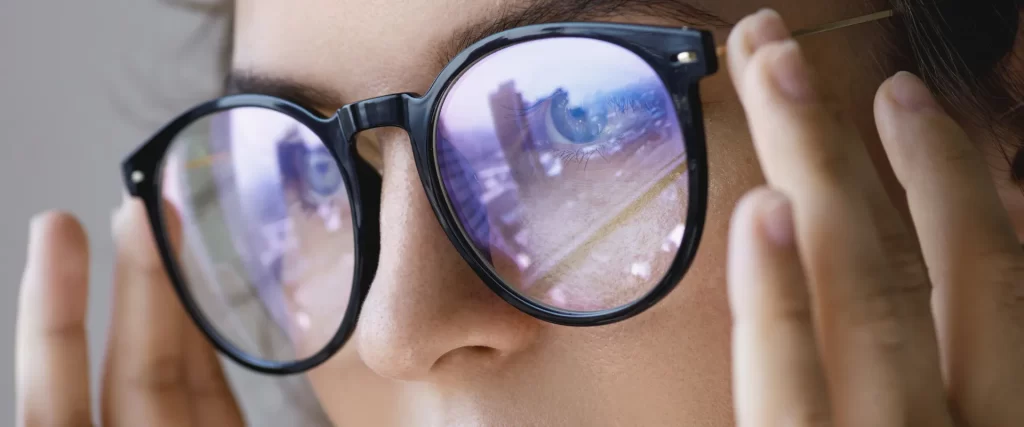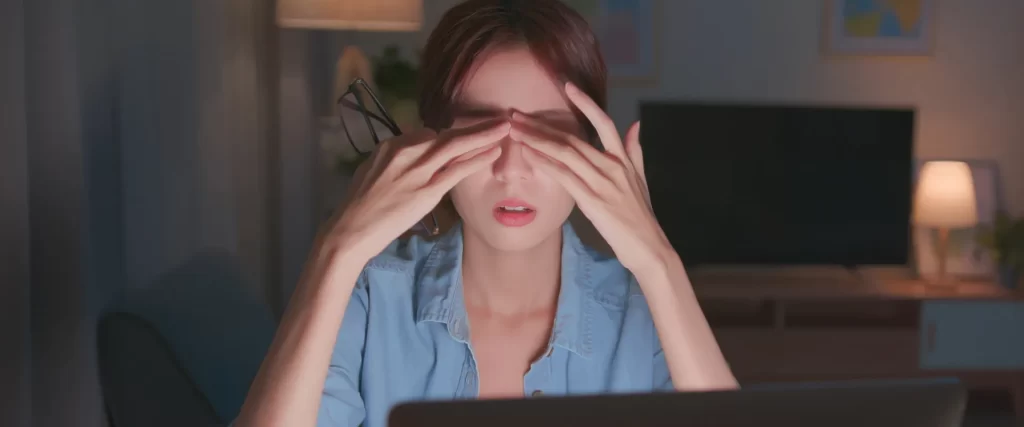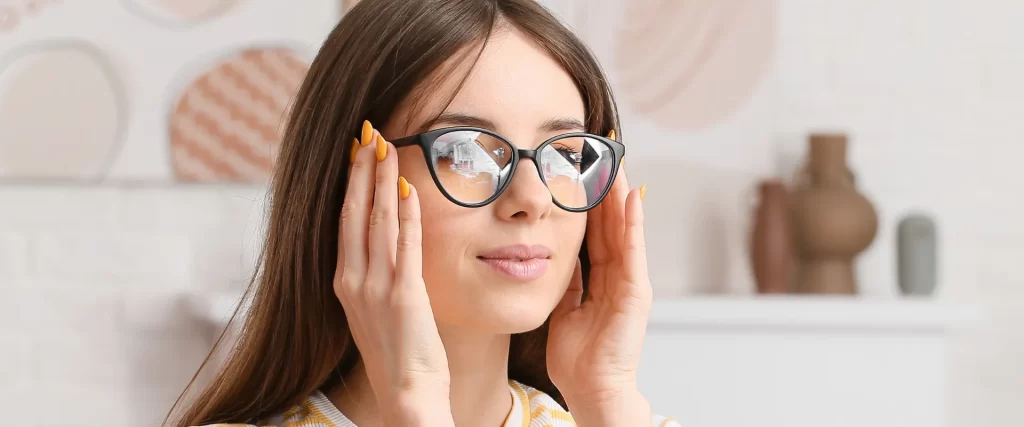
Tips for Avoiding Eye Infections While Wearing Contact Lenses
Proper contact lens usage Contact lenses are a current necessity because they offer an alternative

From answering work emails to creating a report in class and posting vacation photos online, using digital devices has become a staple in people’s everyday lives. The advancement of technology also means spending many hours daily in front of various devices. Besides, humans use them to make lives easier.
But with people’s increasing time in front of screens, should blue light streaming into the eyes be a concern?
In the visible light spectrum, blue light is the one a human eye can see. Similar to the other colors in the spectrum, it is everywhere — sunlight being the common source. It is present in artificial sources, too. Fluorescent lights, computer monitors, tablet screens, and smartphones emit high amounts of blue light.
So, humans are more exposed to it than you think as the widespread use of devices relies on LED technology. Even stepping outside exposes you to it due to the sunlight.

Blue light’s presence takes up a lot of space in people’s lives, so it should have certain benefits, right? Good thing it has several advantages.
Natural blue light plays a role in boosting alertness, improving brain function, and elevating mood. So, even taking a short stroll in the morning is beneficial. Moreover, it aids in regulating the circadian rhythm or sleep-wake cycle, ensuring a good night’s sleep.
Additionally, sunlight helps children’s eyes and vision grow and develop. Let their eyes reap the benefits by allowing them to play in the park in the morning.
Humans expose their eyes to artificial blue light daily. However, the eyes have difficulty blocking it, causing it to travel to the retina. Anything in moderation is fine, but with continuous and constant exposure, vision problems, like cataracts and age-related macular degeneration, can occur.
Additionally, people blink less in front of devices — and fewer blinks mean less eye moisture, leading to dry eyes and eye strain. With this comes blurry vision, headache, and neck & shoulder pain. So, limit screen time and avoid being too close to devices to avoid discomfort.

Thinking about its long-term effects can be scary. As it is everywhere, there is no escape from it, especially since it is a part of people’s lives. But there are ways to reduce its negative effects.

Striking a balance between the benefits and risks of blue light exposure is essential for maintaining eye health in an increasingly digital world. Thus, being armed with the right tools and information helps. Speak to an eye doctor, wear glasses with blue light lenses, and go to a trusted optical shop to ensure healthy eyes so your daily activities won’t be compromised.

Proper contact lens usage Contact lenses are a current necessity because they offer an alternative